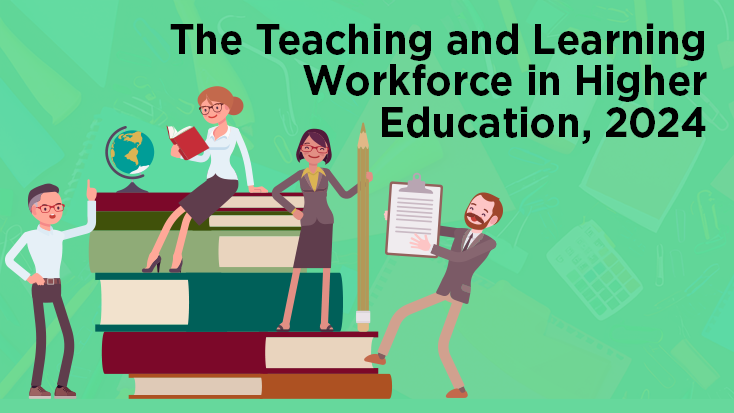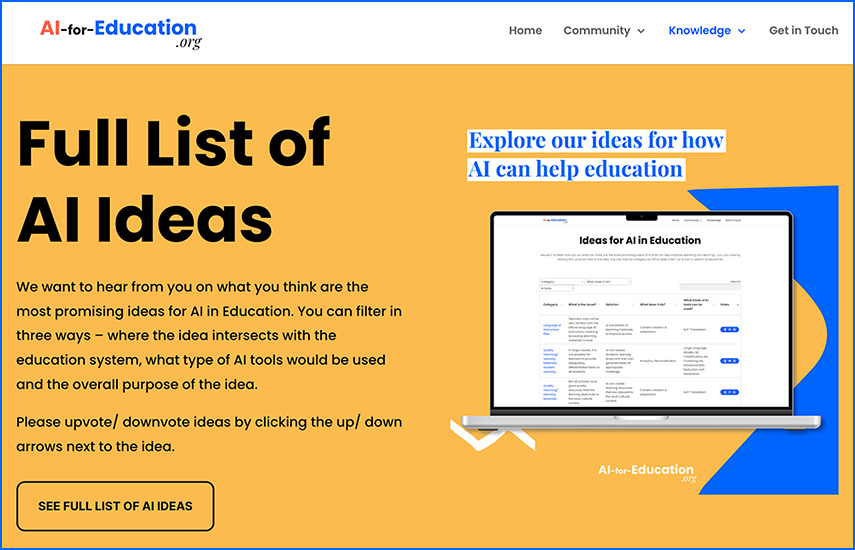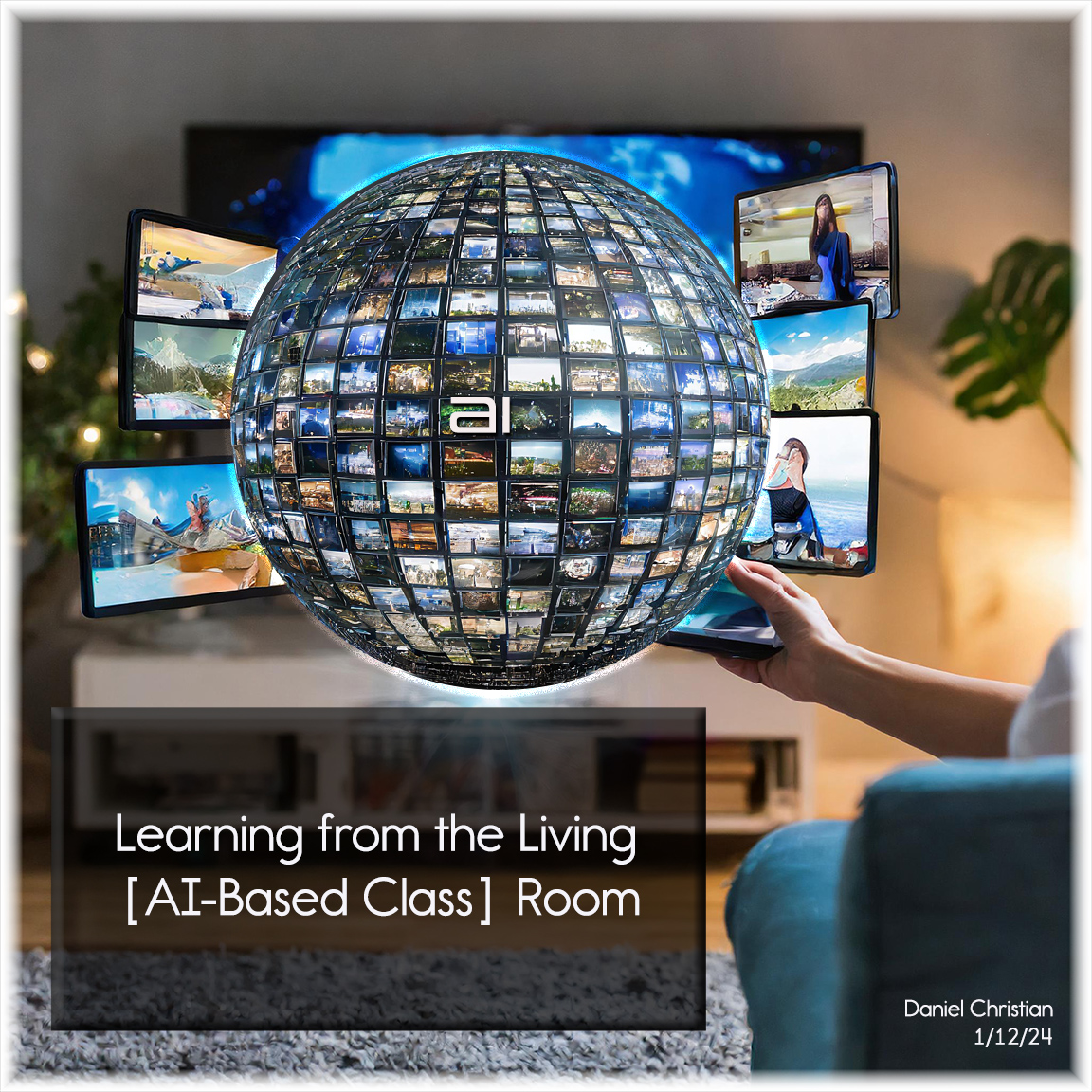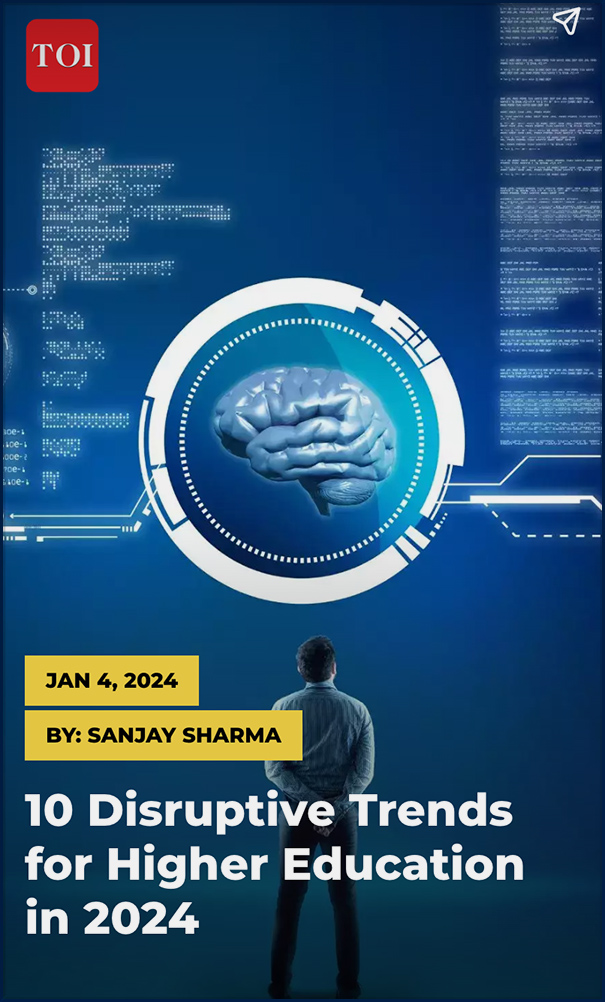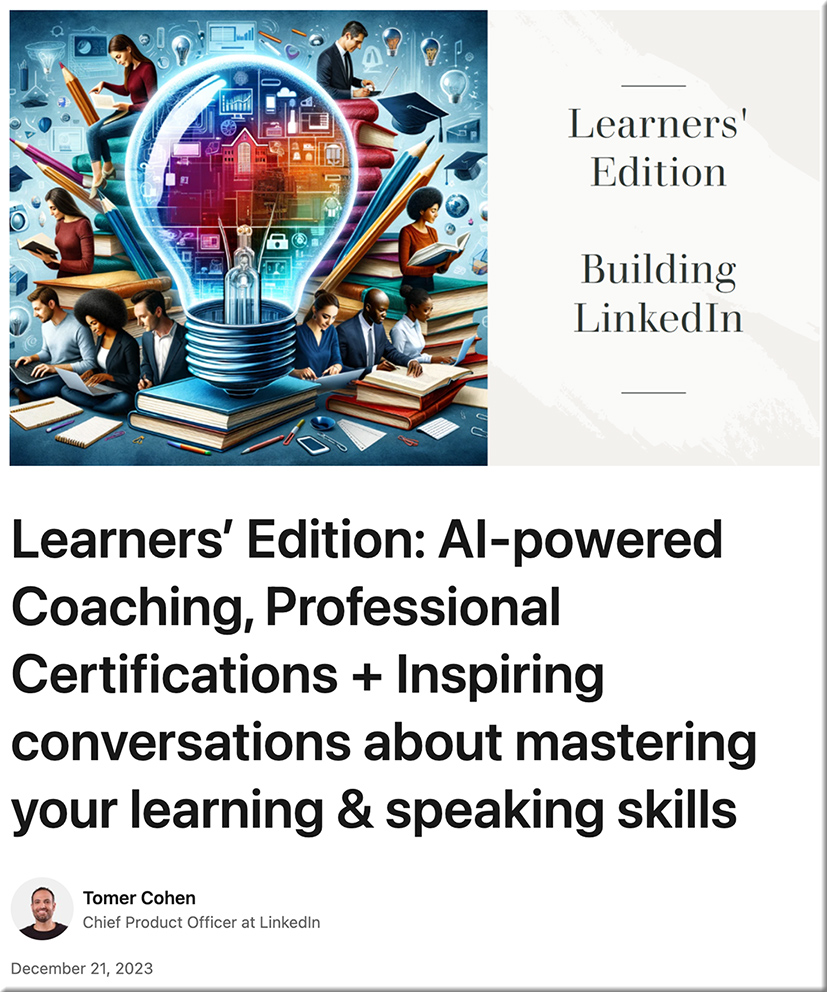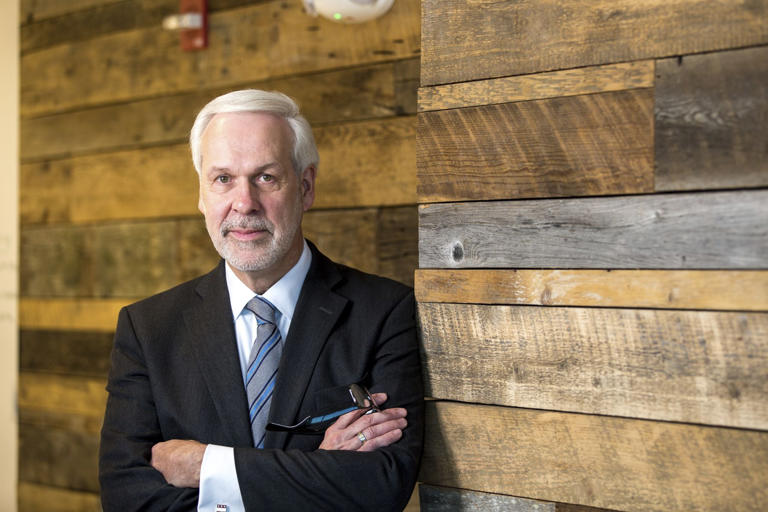Digital Learning Pulse Survey Reveals Higher-Ed Unprepared for Expected Impact of AI — from prnewswire.com by Cengage
Research illustrates that while GenAI could ease ongoing challenges in education, just 1 in 5 say their school is ready
WASHINGTON, Feb. 6, 2024 /PRNewswire/ — While three-quarters of higher-education trustees (83%), faculty (81%) and administrators (76%) agree that generative artificial intelligence (GenAI) will noticeably change their institutions in the next five years, community college trustees are more optimistic than their community college counterparts, with (37%) saying their organization is prepared for the change coming compared to just 16% of faculty and 11% of administrator respondents.
Those findings are from the 2023-2024 Digital Learning Pulse Survey conducted by Cengage and Bay View Analytics with support from the Association of Community College Trustees (ACCT), the Association of College and University Educators (ACUE), College Pulse and the United States Distance Learning Association (USDLA) to understand the attitudes and concerns of higher education instructors and leadership.
From DSC:
It takes time to understand what a given technology brings to the table…let alone a slew of emerging technologies under the artificial intelligence (AI) umbrella. It’s hard enough when the technology is fairly well established and not changing all the time. But its extremely difficult when significant change occurs almost daily.
The limited staff within the teaching & learning centers out there need time to research and learn about the relevant technologies and how to apply those techs to instructional design. The already stretched thin faculty members need time to learn about those techs as well — and if and how they want to apply them. It takes time and research and effort.
Provosts, deans, presidents, and such need time to learn things as well.
Bottom line: We need to have realistic expectations here.
AI Adoption in Corporate L&D — from drphilippahardman.substack.com by Dr. Philippa Hardman
Where we are, and the importance of use cases in enabling change
At the end of last year, O’Reilly Media published a comprehensive report on the adoption and impact of generative AI within enterprises.
The headline of the report is that we’ve never seen a technology adopted in enterprise as fast as generative AI. As of November 2023, two-thirds (67%) of survey respondents reported that their companies are using generative AI.
However, the vast majority of AI adopters in enterprise are still in the early stages; they’re experimenting at the edges, rather than making larger-scale, strategic decisions on how to leverage AI to accelerate our progress towards org goals and visions.
The single biggest hurdle to AI adoption in large corporates is a lack of appropriate use cases.









